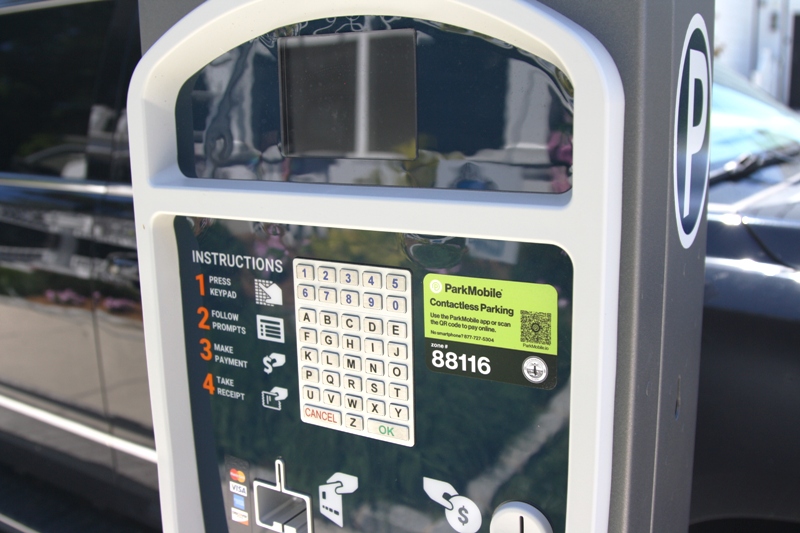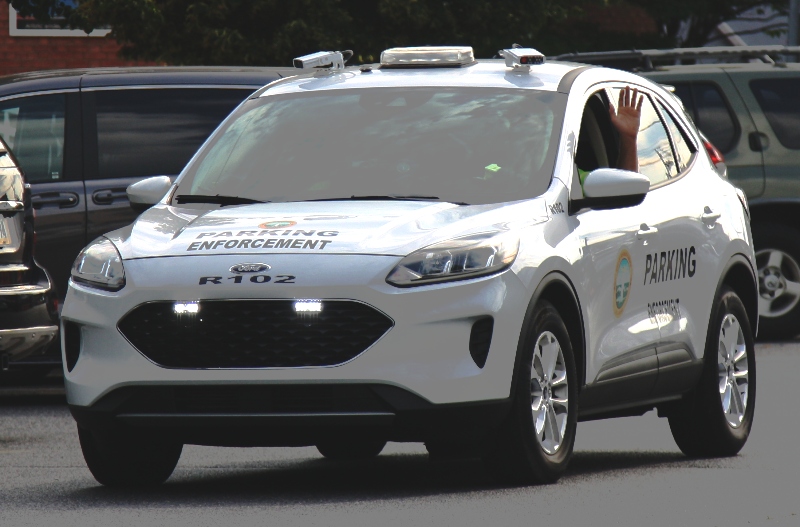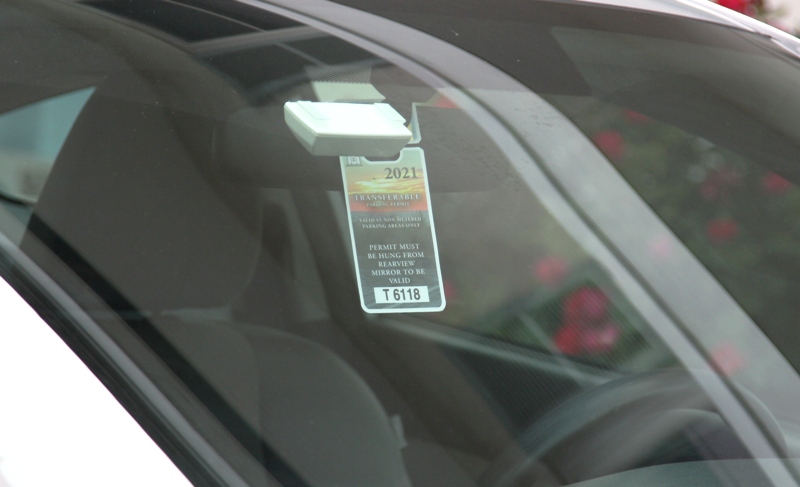The Single-Space Parking Meter is History!
The parking permit could be next!

Visitors this coming holiday might notice something different about parking in downtown Rehoboth Beach. Gone are the days when you get out of your car and pay the meter at the head of the space. The city is now using centralized parking kiosks for motorists to pay for parking in all of the traditional “parking meter” areas. Three years ago the city started replacing the single-head meters on the side streets with these multi-space parking kiosks.

The city utilizes a combination of pay-by-space, pay-and-display and pay-by-plate parking options that require payment at a kiosk with quarters or credit cards if not paid via ParkMobile, says Evan Miller, the city’s projects coordinator.
Pay-by-space requires payment using a space number that is found within the parking space. This is what is used on Rehoboth Avenue and Grenoble Place, where the technology was initially tested.
Pay-and-display requires payment and display of the receipt on the dash of the vehicle. If paying via ParkMobile, a license plate number is entered. This form of parking payment is used now in the Grove Park parking lot and at the Convention Center parking lot.
Pay-by-plate requires payment using the vehicle’s license plate (all letters and numbers on the license plate must be entered). This system is used at the other “metered” parking areas (which is not the same as the permit parking areas).
Pay-by-space and pay-and-display are enforced by Parking Department personnel who patrol on foot. But on the back streets, where parking meters had existed for decades, parking is now enforced using license-plate reader technology that has been installed in two of the Parking Department’s cars. That is why the pay-by-plate method of parking payment is used here. This type of enforcement works on the back streets but is not considered appropriate for congested Rehoboth Avenue.

Miller says the city has a total of about 2,200 “metered” parking spaces which includes on-street and parking lots. But he notes that an official count has not been conducted recently.
The virtual parking permit is something the city is studying for the future. “The goal would be to utilize a virtual permit system for both residents and visitors whereby license plate numbers would become the parking ‘permit,'” Miller explains. With residential permits, residents could apply for parking permits online from any device – smartphone, tablet or computer – while city staff reviews documentation and evaluates applications in real-time.
Once approved, residents are notified and can acquire their virtual permits immediately, after which they could easily purchase more if need be. They can also update their vehicle information from the same mobile-friendly web application.
Visitors would also be able to purchase parking permits online from any device; however, several permit options would be available, including daily, weekly and seasonal permits. No application or documentation would need to be submitted or reviewed by city staff. The placards hanging from rearview mirrors and windshield stickers could then be eliminated.

“The goal,” Miller says, “would be to phase out all stickers and placards so the permit system is entirely virtual and enforced through license plate recognition… This is a long-term goal and there remain many logistics and details to be worked out.” He says the phase-out of parking permits could happen within the next five years but it “depends on the appetite of the commissioners,” he added. Presumably this enforcement would be done by auto and not by bicycle.
Miller says the city generates nearly 25 percent of its revenue from parking and parking fines.


